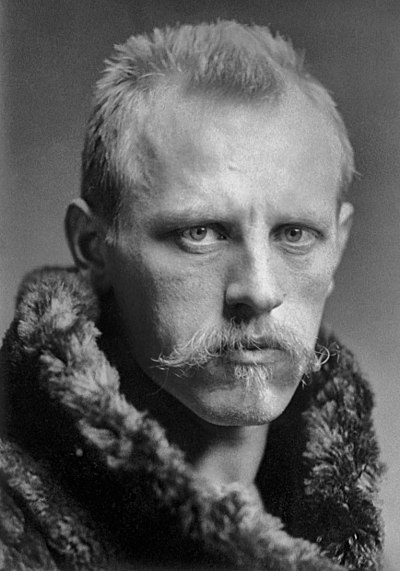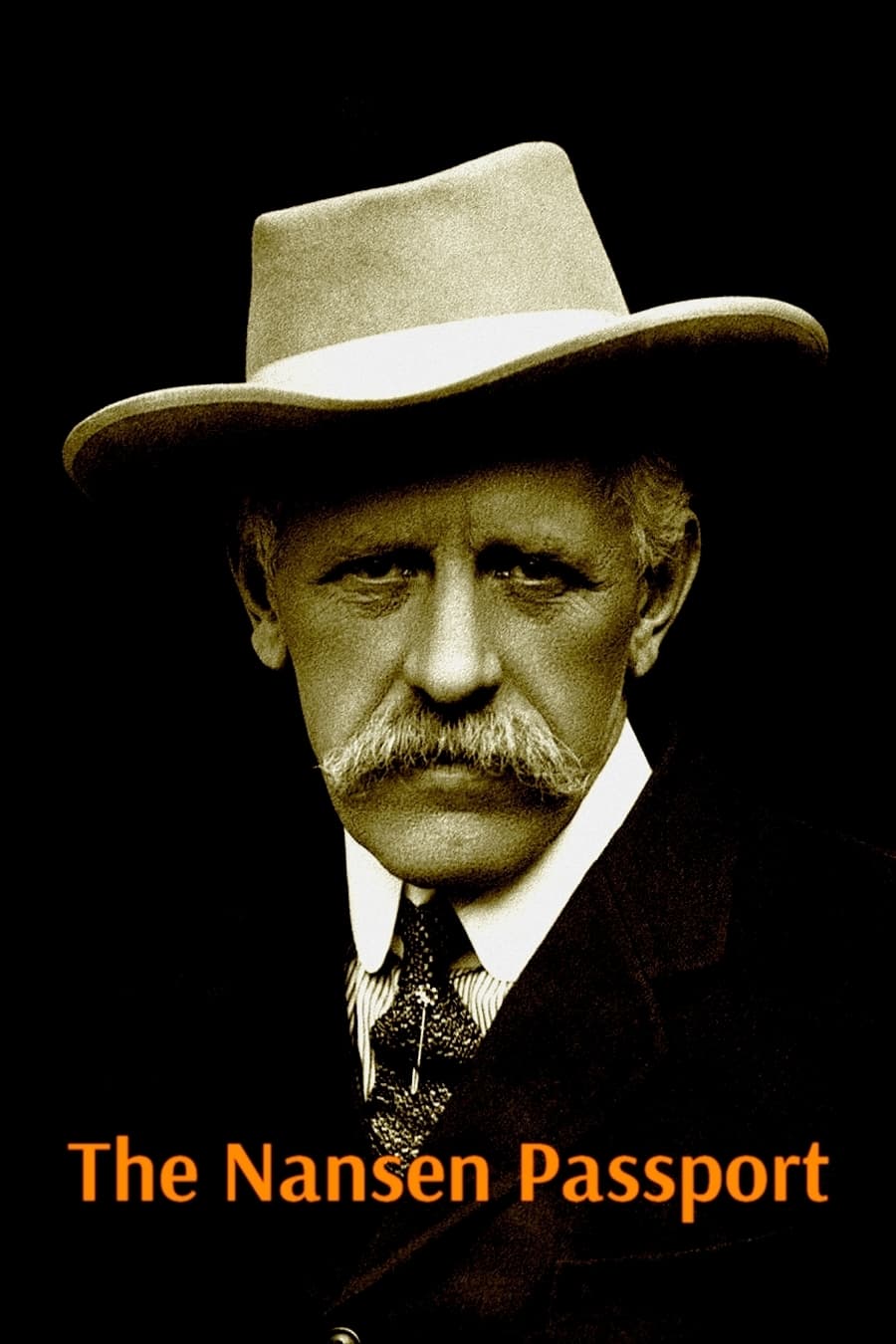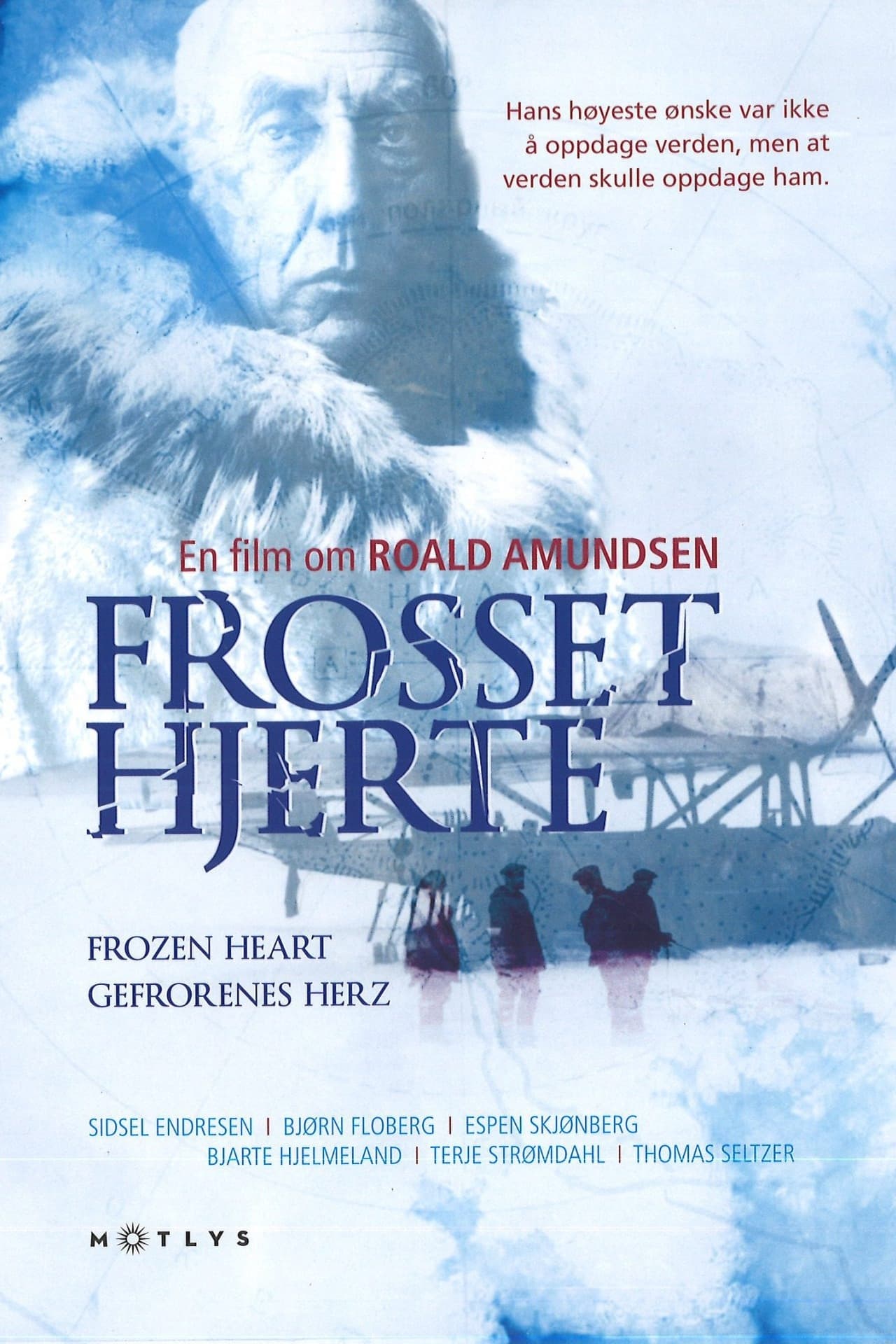Biography
Fridtjof Wedel-Jarlsberg Nansen (Norwegian: [ˈfrɪ̂tːjɔf ˈnɑ̀nsn̩]; 10 October 1861 – 13 May 1930) was a Norwegian polymath and Nobel Peace Prize laureate. He gained prominence at various points in his life as an explorer, scientist, diplomat, humanitarian and co-founded the Fatherland League.
He led the team that made the first crossing of the Greenland interior in 1888, traversing the island on cross-country skis. He won international fame after reaching a record northern latitude of 86°14′ during his Fram expedition of 1893–1896. Although he retired from exploration after his return to Norway, his techniques of polar travel and his innovations in equipment and clothing influenced a generation of subsequent Arctic and Antarctic expeditions.
Nansen studied zoology at the Royal Frederick University in Christiania and later worked as a curator at the University Museum of Bergen where his research on the central nervous system of lower marine creatures earned him a doctorate and helped establish neuron doctrine. Later, neuroscientist Santiago Ramón y Cajal won the 1906 Nobel Prize in Medicine for his research on the same subject. After 1896 his main scientific interest switched to oceanography; in the course of his research he made many scientific cruises, mainly in the North Atlantic, and contributed to the development of modern oceanographic equipment.
As one of his country's leading citizens, in 1905 Nansen spoke out for the ending of Norway's union with Sweden, and was instrumental in persuading Prince Carl of Denmark to accept the throne of the newly independent Norway. Between 1906 and 1908 he served as the Norwegian representative in London, where he helped negotiate the Integrity Treaty that guaranteed Norway's independent status.
In the final decade of his life, Nansen devoted himself primarily to the League of Nations, following his appointment in 1921 as the League's High Commissioner for Refugees. In 1922 he was awarded the Nobel Peace Prize for his work on behalf of the displaced victims of World War I and related conflicts. Among the initiatives he introduced was the "Nansen passport" for stateless persons, a certificate that used to be recognized by more than 50 countries. He worked on behalf of refugees alongside Vidkun Quisling until his sudden death in 1930, after which the League established the Nansen International Office for Refugees to ensure that his work continued. This office received the Nobel Peace Prize in 1938. His name is commemorated in numerous geographical features, particularly in the polar regions.
Filmography
Information
Known ForActing
GenderMale
Birthday1861-10-10
Deathday1930-05-13 (68 years old)
Birth NameFridtjof Wedel-Jarlsberg Nansen
Birth PlaceVestre Aker, Norway
LifestyleHumanitarianism
Religionatheism
Height
RelationshipsEva Nansen
ChildrenIrmelin Revold, Odd Nansen
FatherBaldur Fridtjof Nansen
MotherBaronesse Adelaide Johanne Thekla Isidore Wedel Jarlsberg
SiblingsAlexander Nansen, Sigrid Bølling
RelativesHans Nansen, Hans Leierdahl Nansen
CitizenshipsNorway
AwardsOrder of Saint Stanislaus, 1st class, Knight of the Order of the Dannebrog, Knight grand cross of the order of the crown of Italy, Knight Grand Cross with Collar of the Order of Saint Olav, Knight Grand Cross of the Royal Victorian Order, Commander of the Legion of Honour, Constantin Medal, Grand Cross of the Order of Franz Joseph, Patron’s Medal, Carl-Ritter-Medal, Alexander von Humboldt Medal, Grande Médaille d'Or des Explorations, Honorary Fellow of the Royal Society of Edinburgh, Fortjenstmedaljen, Cullum Geographical Medal, Nobel Peace Prize, Vega Medal
This article uses material from Wikipedia.
 Fridtjof Nansen
Fridtjof Nansen- Filmography
- Information

